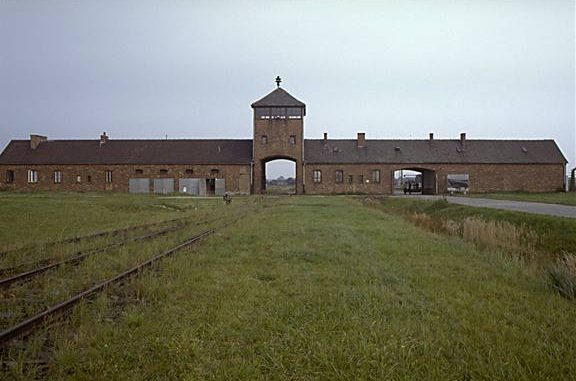
Our Trip to Auschwitz
We travelled as a group in November 2015. Flying from Luton airport (cheap flights with many airlines) . We flew into Katowice and picked up a local taxi which took us to the local town of Oswiecim. We stayed at the Hotel Galicja superior wellness and Spa hotel. Please check out their website.They also have a special package which includes a 2 night stay with Breakfasts and Evening Meals and a guided trip of Auschwitz and The Jewish Centre.Hotel Galicja The hotel is beautifully decorated and in wonderful grounds and boasting two restaurants, a pub, a wellness suite and spa. The food was top notch in the hotel and we enjoyed both a main a la carte meal in the full restaurant and a smaller typical polish snack in the bar area. Service was impeccable and as is always the case in Poland, the food was plentiful, tasty, hot and cheap. The Polish hospitality abounds in this hotel.
The hotel is actually situated a short distance from the town itself and a short taxi ride away from Auschwitz. This makes it an ideal destination to set up for a couple of days to be able to see the local sights and spend some quality time in what can only be described as the most identifiable legacy of the terrible tragedy that was the holocaust in WW2.
Most people will state that they want to visit Auschwitz, but would find it too depressing, so stay away – but this is a memorial like no other and of course if you are interested in WW2 and all its history then Auschwitz and its sister camps are a must.
This is the second time I have visited the camp and with the the extra security that is in place now, this has changed things somewhat. There are fairly large queues to obtain access to the Auschwitz 1 so be prepared. Also be aware that no backpacks are allowed and larger handbags will have to be left at security. You will have to go through a scanner similar to airport departures, but once inside the camp you see why it is so important that security is as tight as it is. If you wish a tour guide then please book first otherwise you could find yourself waiting a while. However, the recorded guide with earphones is more than adequate and just inside the entrance there are three bookstalls selling guides and other literature. Visitors are allowed to wander around on their own, following the general direction using your guides, so that’s not a problem. Most exhibits have descriptions in English, which is normal for such a large museum. It is a question as to whether this is a memorial or a museum ,in my mind its a bit of both.
The site is not for the faint hearted and is a really moving experience but well worth a visit. Below are some facts about the camp.
Tours are available from other surrounding cities like Wroclaw, Katowice, Krakow etc.
From Oswiecim we moved on to Krakow which is another story.
Auschwitz Facts
|
| Interesting Auschwitz Facts: |
|---|
| Adolf Hitler came to power in 1933, the leader of the Nazi party that would incite the Holocaust and result in the murder of millions of Jewish and Jewish-descendent individuals from across Europe. |
| Those who died at Auschwitz were either murdered in gas chambers, died of starvation, infectious disease, from individual executions and from medical experiments and forced labour. |
| 15% of those employed at Auschwitz were later convicted of war crimes. |
| Some of those running Auschwitz were later executed for their crimes. |
| Rudolf Hoss, the camp commandant at Auschwitz, was executed after the war ended. |
| There were more than 11 million men, women, and children murdered in the Holocaust. It is estimated that 6 million were Jewish. Of those 6 million Jewish people killed in the Holocaust, one in six was killed at Auschwitz. |
| Tens of thousands of people from diverse nationalities, as well as 150,000 Poles, 23,000 Romani and Sinti, 400 Jehovah’s Witnesses and homosexuals, and 15,000 Soviets were sent to Auschwitz, in addition to the Jewish prisoners that were killed at the camp. |
| Prisoners were often tricked into the gas chambers. They were told they were simply going to have a shower and be disinfected. |
| In 1945 when Soviet troops were en route to Auschwitz most of the prisoners were murdered during an evacuation and death march. |
| Jewish prisoners called Sonderkommandos were responsible for burying the Jews after execution. Less than 20 of the Sonderkommandos were alive by the time the war ended. Some of them knew they would not survive and buried their testimonies in jars, to be uncovered after the war ended. |
| Any prisoners at the camp after the end of the war were freed on January 27th, 1945. |
| A museum was founded by Poland in 1947 at Auschwitz I and II. |
| In 1979 Auschwitz was named a UNESCO World Heritage Site. |
| A day at Auschwitz for a prisoner started at 4:30 am. Roll call lasted approximately three to four hours. They were given a hot drink in the morning and no breakfast. Vegetable soup was lunch. They were then sent to work for up to 12 hours. Their food at night consisted of bread and water. There were no breaks and Sundays were spent cleaning the barracks and having a shower. |
| There was evidence submitted to the Allies about the genocide we now call the Holocaust, as early as 1940. It was ignored or dismissed as propaganda. |

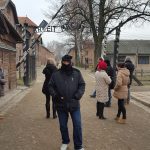
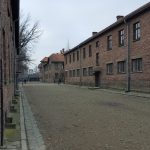
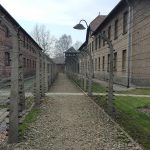
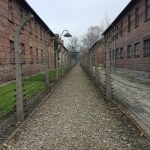
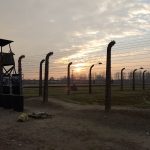
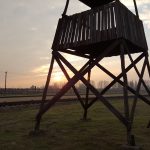
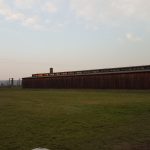
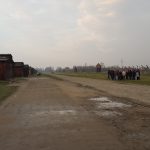
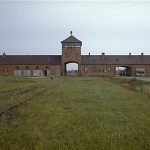
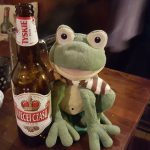
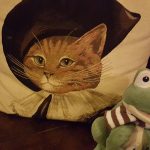
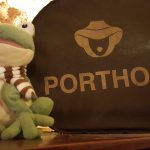
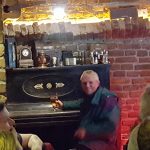
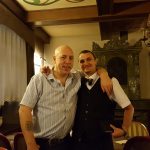
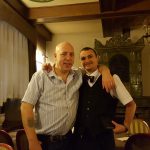
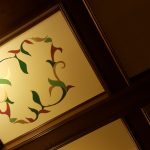
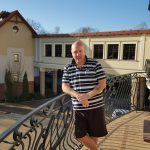
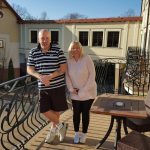
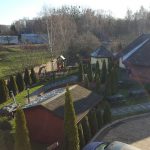
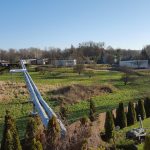
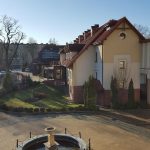
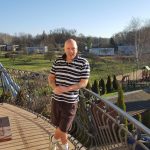
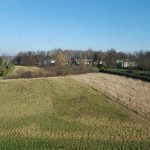
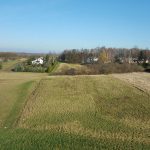
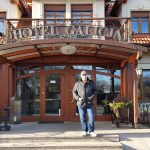
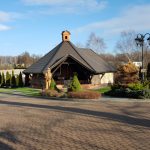
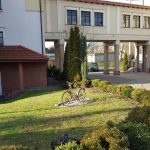
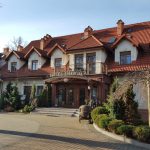
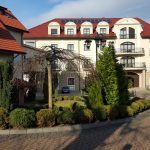
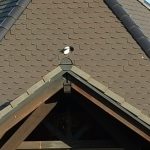
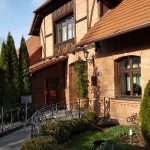

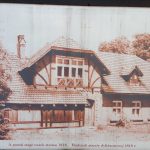
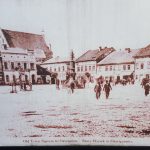
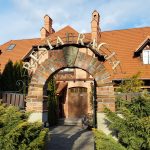
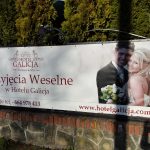
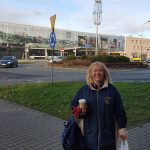
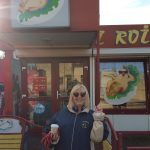
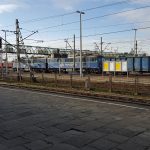
Leave a Reply
You must be logged in to post a comment.